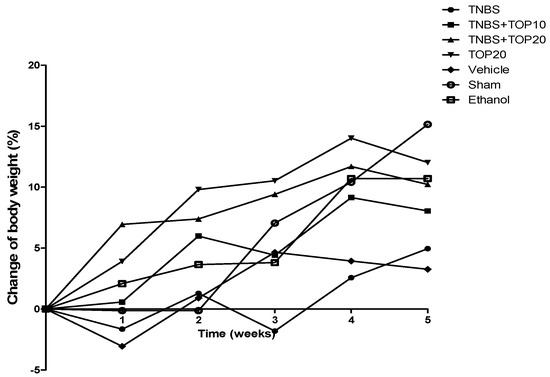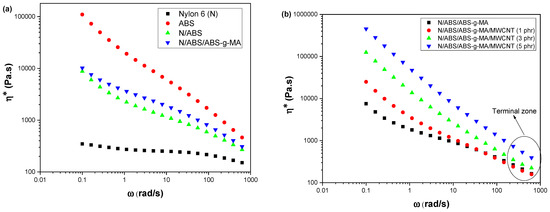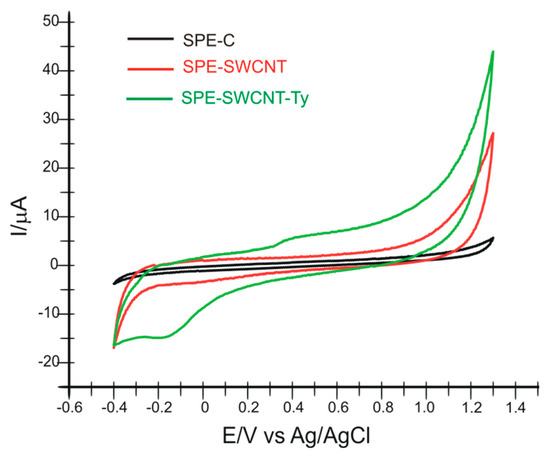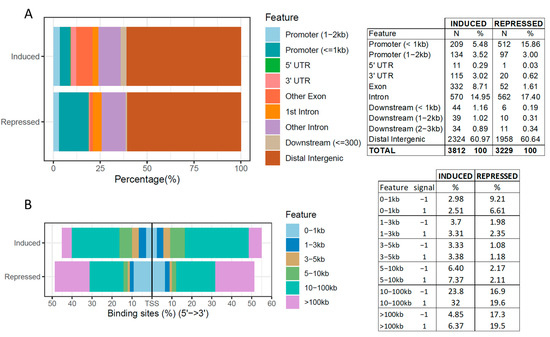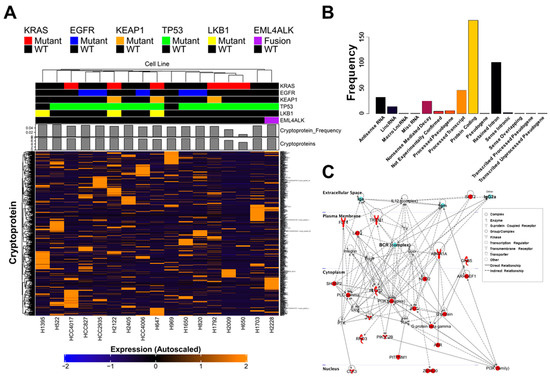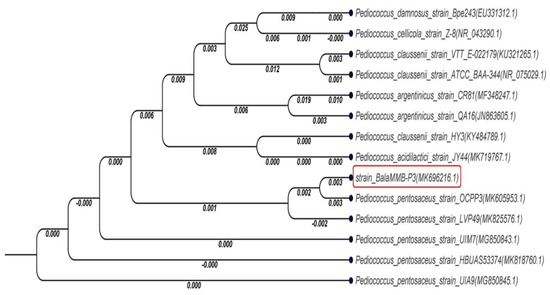Int. J. Mol. Sci. 2022, 23(16), 9122; https://doi.org/10.3390/ijms23169122 - 14 Aug 2022
Cited by 12 | Viewed by 2932
Abstract
Background: Studies have demonstrated the link between vitamin-D-related genetic variations and nonskeletal outcomes. We aimed to identify all available data on the association of vitamin-D-related genetic variations with nonalcoholic fatty liver disease (NAFLD). Methods: Potentially eligible studies were identified from Embase and Medline
[...] Read more.
Background: Studies have demonstrated the link between vitamin-D-related genetic variations and nonskeletal outcomes. We aimed to identify all available data on the association of vitamin-D-related genetic variations with nonalcoholic fatty liver disease (NAFLD). Methods: Potentially eligible studies were identified from Embase and Medline databases from inception to June 2022 using a search strategy that comprised terms for “Vitamin D” and “NAFLD”. Eligible studies must report the association between vitamin D-related genetic variations and presence, severity or response to treatment of NAFLD. Data were extracted from each eligible study. Results: A total of 3495 articles were identified. After a systematic review, twelve studies were included. A total of 26 genetic variations were identified. Presence of NAFLD was associated with variations of GC (rs222054, rs222020, rs10011000, rs7041), VDR (rs2228570, rs11168287, rs10783219, rs4752), CYP24A1 (rs3787557, rs6068816, rs2296241, rs2248359) and CYP27B1 (rs4646536). Severity of NAFLD was associated with variations of GC (rs4588), VDR (rs2228570, rs4334089), CYP2R1 (rs10741657), DHCR7 (rs1544410, rs3829251, rs12785878) and CYP24A1 (rs3787557, rs6068816, rs6097809, rs6127119, rs2248359, rs3787554, rs4809960, rs6022999). Response to calcitriol treatment was associated with variation of VDR (rs10735810). Conclusions: Multiple vitamin D-related genetic variations were associated with NAFLD, indicating the role of vitamin D in the pathogenesis of NAFLD.
Full article
(This article belongs to the Special Issue The Role of Vitamin D in Human Health and Diseases 2.0)
►
Show Figures




